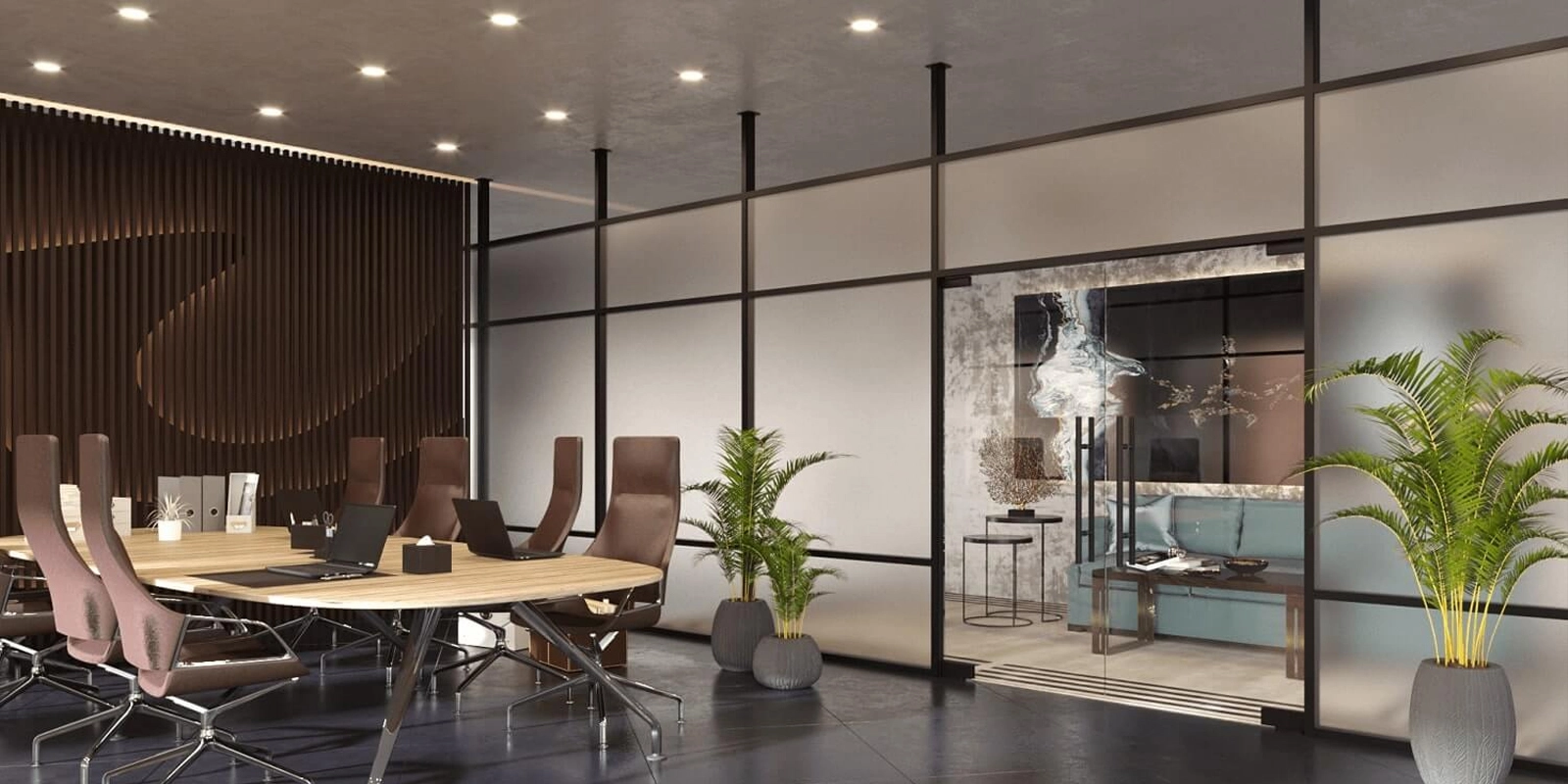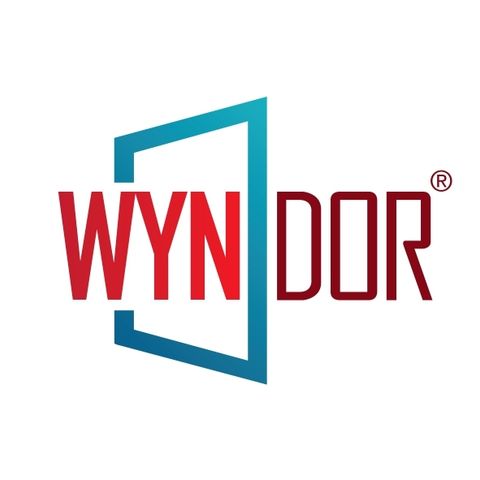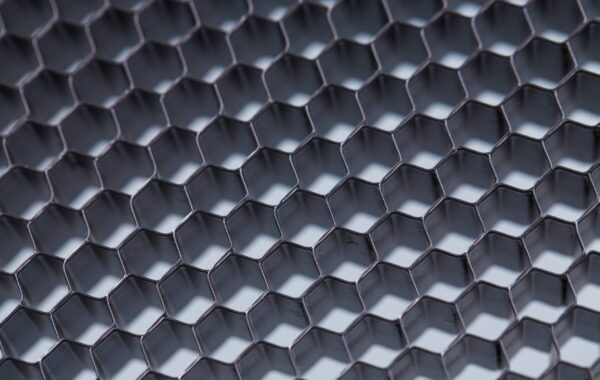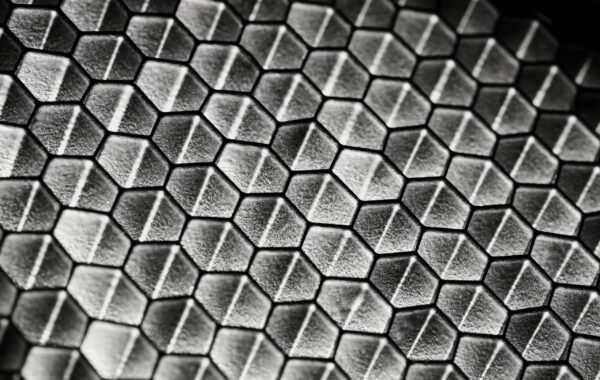
The Comprehensive Guide to Aluminium and Glass: Enhancing Modern Architecture
In the world of modern architecture and design, aluminium and glass have emerged as two pivotal materials that redefine sophistication, functionality, and aesthetics. Whether it’s a skyscraper piercing the skyline or a cozy home with expansive windows, the seamless integration of these materials speaks volumes about contemporary design preferences. If you’re searching for glass and aluminum near me or seeking expert aluminium works, this guide is your go-to resource.
The Versatility of Aluminium in Construction
Aluminium has become a cornerstone in construction due to its lightweight nature, durability, and resistance to corrosion. These properties make it an ideal choice for various applications, from window frames to structural components. The global aluminium market was valued at approximately $193 billion in 2020, showcasing the material’s widespread popularity and utility.
Advantages of Aluminium
- Lightweight and Strong: Despite its light weight, aluminium offers impressive strength, reducing structural load without compromising stability. This characteristic is particularly beneficial in skyscraper construction where weight management is crucial.
- Corrosion Resistance: Aluminium naturally forms a protective oxide layer, making it resistant to rust and ideal for both indoor and outdoor applications. This makes it a preferred choice for coastal buildings where saltwater exposure is a concern.
- Recyclability: Aluminium is 100% recyclable, making it an environmentally friendly choice for sustainable construction practices. Recycling aluminium saves up to 95% of the energy required to produce new aluminium, significantly reducing environmental impact.
- Thermal Efficiency: With proper thermal breaks, aluminium frames can significantly reduce heat transfer, enhancing energy efficiency in buildings. This is crucial in regions with extreme temperatures where energy conservation is a priority.
- Design Flexibility: Aluminium can be easily molded into different shapes and sizes, allowing architects to explore innovative designs and structures that would be challenging with other materials.
Common Aluminium Works
Aluminium is used extensively in various architectural applications:
- Window and Door Frames: Known for sleek profiles and modern aesthetics, aluminium frames are favored for their minimalistic appeal and strength, providing a perfect balance between functionality and design.
- Facade Systems: Offering structural integrity and design flexibility in high-rise buildings, aluminium facades contribute to the signature look of many iconic structures worldwide.
- Roofing and Cladding: Provides lightweight yet durable solutions for building envelopes, enhancing both the aesthetic and functional aspects of a building.
- Skylights and Curtain Walls: Aluminium’s strength and flexibility make it ideal for supporting large glass installations, allowing for maximized natural light and open views.
The Role of Glass in Modern Architecture
Glass is synonymous with modern architecture, offering transparency, light transmission, and aesthetic appeal. From minimalistic designs to grandiose installations, glass complements aluminium perfectly. The global flat glass market size was valued at $83 billion in 2020 and is expected to grow, driven by increased demand in construction and automotive sectors.
Benefits of Glass
- Natural Light: Glass allows maximum daylight penetration, reducing the need for artificial lighting and improving occupant well-being. Studies show that natural light improves productivity and mood, making glass an essential component in office and residential spaces.
- Acoustic Insulation: Advanced glazing techniques provide excellent soundproofing, ideal for urban environments where noise pollution is a concern. This makes glass a popular choice for buildings located in bustling city centers.
- Design Versatility: Glass can be customized in terms of color, transparency, and texture, offering limitless design possibilities. From frosted and tinted glass to decorative patterns, the options are endless.
- Energy Efficiency: Modern glass solutions, such as low-emissivity (Low-E) coatings, help in reducing heat gain and loss, contributing to the overall energy efficiency of buildings.
Popular Glass Applications
Glass is used in numerous architectural elements:
- Windows and Skylights: Maximizes natural light and offers unobstructed views, creating an open and airy atmosphere in any space.
- Glass Facades: Creates iconic building exteriors with reflective and transparent qualities, making a bold architectural statement.
- Partitions and Balustrades: Provides safety and separation without blocking light, maintaining an open feel while ensuring privacy and security.
- Glass Floors and Walkways: Adds a dramatic and modern touch to interiors, offering unique design possibilities with a sense of transparency and openness.
Real-World Applications and Innovations
Aluminium and glass are at the forefront of architectural innovation. Here are some real-world applications highlighting their impact:
Case Study: The Burj Khalifa, Dubai
The Burj Khalifa, the tallest building in the world, utilizes over 103,000 square meters of glass and 15,500 square meters of embossed stainless steel. The aluminium facade system was designed to withstand Dubai’s extreme temperatures, showcasing the durability and flexibility of these materials. The building’s design incorporates a unique Y-shaped floor plan, maximizing window views while enhancing the structural stability, made possible by the strategic use of aluminium and glass.
The Burj Khalifa is also a marvel of sustainability, featuring a sophisticated water collection system integrated into its design. This system recycles condensation from the building’s air conditioning units, collecting approximately 15 million gallons of water annually. This innovative approach not only conserves water but also reduces the building’s overall environmental impact, setting a new standard for sustainable skyscraper design.
Case Study: The Shard, London
The Shard stands as a testament to the use of glass in modern architecture. With 11,000 glass panels, the building’s design maximizes natural light while offering stunning views of London. The interplay of glass and aluminium creates a striking, iconic silhouette. The Shard’s glass facade not only contributes to its aesthetic appeal but also plays a significant role in its energy efficiency, using triple-glazed panels to minimize heat loss.
Furthermore, The Shard incorporates a state-of-the-art building management system that optimizes energy usage. This system monitors and adjusts lighting, heating, and cooling based on occupancy and external weather conditions, ensuring maximum efficiency and comfort for occupants. By integrating advanced technologies with its iconic design, The Shard exemplifies the potential of glass and aluminium in creating sustainable, high-performance buildings.
Finding Aluminium and Glass Shops Near You
If you’re looking for glass and aluminium shop near me, it’s essential to consider the expertise and reputation of local suppliers. A reliable shop can provide customized solutions tailored to your specific needs, whether you’re working on a small renovation or a large-scale project.
Tips for Choosing a Glass and Aluminium Supplier
- Experience and Expertise: Look for companies with a proven track record in aluminium and glass work. Experienced suppliers are more likely to deliver quality craftsmanship and innovative solutions.
- Custom Solutions: Choose suppliers that offer bespoke services to meet unique design requirements. A good supplier will work closely with you to understand your vision and translate it into reality.
- Quality Assurance: Ensure the supplier adheres to industry standards for quality and safety. Quality materials and installation are crucial for the longevity and performance of aluminium and glass installations.
- Customer Reviews: Check online reviews and testimonials to gauge customer satisfaction and reliability. Positive feedback from past clients can provide valuable insights into the supplier’s service and product quality.
- After-Sales Service: Consider the support and maintenance services offered by the supplier. A company that provides comprehensive after-sales support ensures that your installations remain in optimal condition over time.
The Future of Aluminium and Glass in Architecture
As technology advances, the scope of aluminium and glass in architecture continues to expand. Innovations such as smart glass, which can change transparency at the touch of a button, and energy-efficient aluminium frames are setting the stage for the next generation of sustainable buildings.
Smart Glass Technology
Smart glass, also known as switchable glass, is transforming the way we think about windows and partitions. By adjusting the transparency of glass with a simple switch or through automated systems, buildings can optimize natural light and privacy levels. This technology not only enhances occupant comfort but also contributes to energy savings by reducing the need for artificial lighting and climate control.
In addition to its practical benefits, smart glass offers exciting possibilities for creative design. Architects and interior designers can use smart glass to create dynamic, adaptable spaces that respond to changing needs and preferences. For example, smart glass can be used to create flexible meeting rooms that transition from open, collaborative spaces to private, enclosed settings at the push of a button. This adaptability makes smart glass an invaluable tool in designing versatile, multifunctional environments.
Energy-Efficient Aluminium Frames
With growing emphasis on sustainability, the development of energy-efficient aluminium frames has become a priority. These frames are designed with advanced thermal breaks and insulating materials to minimize heat transfer, ensuring that buildings maintain comfortable temperatures with lower energy consumption. Innovative designs and materials continue to improve the thermal performance of aluminium frames, making them a popular choice for eco-friendly construction.
Moreover, the integration of renewable energy solutions with aluminium frames is gaining traction. Solar panels can be seamlessly incorporated into aluminium frame systems, providing clean, renewable energy for buildings. This approach not only reduces dependency on non-renewable energy sources but also enhances the overall energy efficiency of the structure. As the demand for sustainable buildings continues to rise, the synergy between aluminium frames and renewable energy solutions presents a promising avenue for future development.
Sustainable Building Practices
As the architectural industry moves towards more sustainable practices, the use of aluminium and glass is being optimized to reduce carbon footprints. Recyclability, energy efficiency, and durability are key factors driving the adoption of these materials in green building projects. Architects and builders are increasingly incorporating renewable energy sources, such as solar panels integrated with glass facades, further enhancing the sustainability of modern buildings.
In addition to their intrinsic sustainability benefits, aluminium and glass are being used in innovative ways to create energy-efficient building systems. For instance, double-skin facades, which consist of two layers of glass with an air cavity in between, provide excellent insulation and reduce energy consumption for heating and cooling. This design not only enhances the thermal performance of buildings but also creates opportunities for natural ventilation, improving indoor air quality and occupant comfort.
Conclusion
Aluminium and glass are more than just building materials; they are the essence of modern architecture. Their combination offers unparalleled design flexibility, energy efficiency, and aesthetic appeal. Whether you’re an architect, builder, or homeowner, understanding the potential of these materials can transform your projects and enhance their value. For those interested in exploring the capabilities of aluminium and glass, finding a reputable glass and aluminium shop near me is a crucial step towards realizing your architectural vision.
As we look to the future, the integration of advanced technologies and sustainable practices will continue to shape the landscape of architecture. Aluminium and glass, with their unique properties and adaptability, are poised to remain at the forefront of this evolution, driving innovation and inspiring new possibilities in the built environment.
The journey of aluminium and glass through modern architecture is a testament to human ingenuity and the relentless pursuit of excellence. As these materials continue to evolve and adapt to the needs of contemporary society, they will undoubtedly play a central role in shaping the cities and structures of tomorrow. Embracing the potential of aluminium and glass not only enhances the aesthetic and functional qualities of our built environment but also aligns with the broader goals of sustainability and environmental stewardship.The future of architecture is bright, transparent, and intricately woven with the threads of aluminium and glass. By harnessing their potential, we can create spaces that are not only visually stunning but also environmentally responsible and socially impactful. Whether you’re embarking on a new architectural project or simply seeking to enhance your understanding of these materials, the journey into the world of aluminium and glass is one of endless possibilities and profound discoveries.
Related Reading
Modern Folding Doors vs. Sliding Doors: Which is Best?
Guide to Choosing a Kitchen Cabinet Specialist in Malaysia
Puchong Furniture Shops: Where to Find Quality Kitchen Cabinets
Best Sliding Door Designs for Homes
Top Aluminium Kitchen Cabinet Designs for Malaysian Homes
Warna Kabinet Dapur Terkini for Modern Kitchens
Benefits of Aluminium Doors for Modern Homes
Aluminium Kitchen Cabinets vs. Wood Cabinets: Which is Better?


